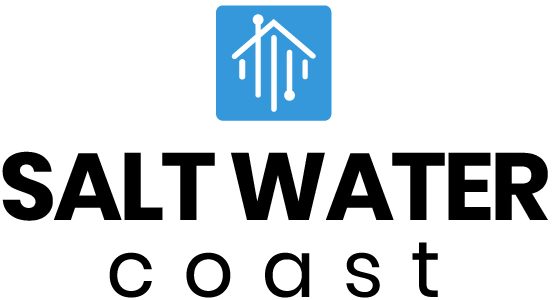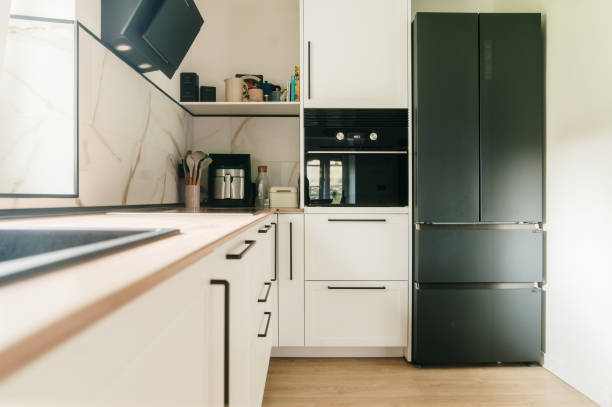Introduction:
Galley kitchens, characterized by their narrow layout with parallel countertops and a central aisle, pose a unique design challenge. However, with thoughtful planning and creativity, a galley kitchen can be transformed into a functional and stylish space that maximizes every inch. In this comprehensive guide, we will explore innovative design ideas, practical storage solutions, and aesthetic considerations to create a galley kitchen that is both efficient and visually appealing.
Space Optimization:
Layout and Traffic Flow:
The first step in designing a galley kitchen is to optimize the layout for efficient traffic flow. Ensure that the distance between the countertops allows for easy movement while cooking.
Consider a one-wall layout if space is limited or an L-shaped galley for added flexibility.
Lighting:
Adequate lighting is crucial in a galley kitchen. Utilize a combination of ambient, task, and accent lighting to create a well-lit and inviting space.
Under-cabinet lighting can illuminate countertops, enhancing both functionality and aesthetics.
Color Palette:
Choose a light and neutral color palette to create a sense of openness. Light colors reflect natural light, making the space appear larger.
Incorporate pops of color through accessories or a vibrant backsplash to add personality.
Functional Design Elements:
Appliance Placement:
Strategically place appliances to optimize workflow. Consider installing appliances on one side to create a streamlined look.
Choose compact and multifunctional appliances to save space without compromising functionality.
Storage Solutions:
Maximize vertical space with floor-to-ceiling cabinets to provide ample storage. Utilize pull-out drawers and organizers to keep items easily accessible.
Consider open shelving for a modern and airy feel, but maintain organization to prevent clutter.
Multipurpose Furniture:
Integrate multipurpose furniture such as a kitchen island with storage or a fold-down dining table. This enhances functionality and versatility in a limited space.
Aesthetic Considerations:
Backsplash Design:
The backsplash is a focal point in a galley kitchen. Experiment with different materials, patterns, and colors to add visual interest.
Consider subway tiles, mosaic patterns, or a statement backsplash to infuse personality into the design.
Flooring:
Choose durable and easy-to-clean flooring materials, such as ceramic tiles or hardwood, to withstand the demands of a high-traffic kitchen.
Consider a cohesive flooring design that visually extends the space.
Hardware and Fixtures:
Select stylish and functional hardware to complement the overall design. Sleek handles, modern faucets, and coordinated fixtures can elevate the aesthetic appeal of the kitchen.
Personal Touches:
Infuse your style into the kitchen with artwork, decorative items, or a display of cookbooks. These elements add warmth and character to the space.
Conclusion:
Designing a galley kitchen requires a balance between functionality and aesthetics. By carefully considering layout, optimizing space, and incorporating stylish elements, you can create a galley kitchen that not only meets your practical needs but also reflects your unique style. Whether you prefer a modern, minimalist look or a more traditional feel, the key is to maximize every inch of space while maintaining a visually appealing and inviting atmosphere.

